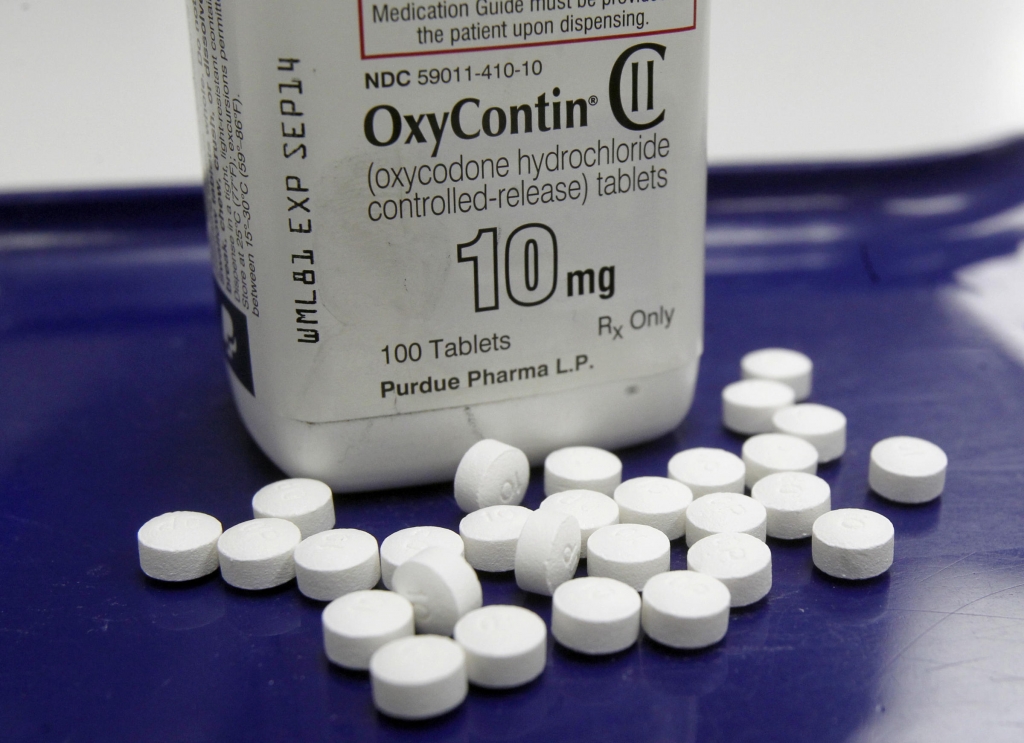-
Tips for becoming a good boxer - November 6, 2020
-
7 expert tips for making your hens night a memorable one - November 6, 2020
-
5 reasons to host your Christmas party on a cruise boat - November 6, 2020
-
What to do when you’re charged with a crime - November 6, 2020
-
Should you get one or multiple dogs? Here’s all you need to know - November 3, 2020
-
A Guide: How to Build Your Very Own Magic Mirror - February 14, 2019
-
Our Top Inspirational Baseball Stars - November 24, 2018
-
Five Tech Tools That Will Help You Turn Your Blog into a Business - November 24, 2018
-
How to Indulge on Vacation without Expanding Your Waist - November 9, 2018
-
5 Strategies for Businesses to Appeal to Today’s Increasingly Mobile-Crazed Customers - November 9, 2018
CDC To Physicians: Avoid Prescribing This Painkiller
“Overprescribing opioids – largely for chronic pain – is a key driver of America’s drug-overdose epidemic”. “Now that the CDC has completed its work on the guidelines for chronic pain, the agency should quickly turn its attention to developing guidelines for acute pain”.
Advertisement
The latest recommendations, which doctors are not required to follow, represent an attempt to reverse close to two decades of increased painkiller usage, which officials in public health blame for an increase of more than four-fold in deaths by overdose linked to these drugs.
The recommendations are meant as “a tool for doctors and for patients to chart a safer course”, Frieden said, with the aim of balancing “the risks of addiction with the needs of patients to treat pain”.
The CDC issued new recommendations to doctors in regards to prescribing opioids for chronic pain, excluding cancer, palliative and end-of-life care. The organization said the driving force is doctors who are over-prescribing painkillers. And when doctors must prescribe opioid painkillers, the guidelines say that a prescription of three days or fewer should suffice.
The CDC is urging doctors to reconsider whether the opioids they prescribe are really necessary. The drugs should also be combined with nondrug approaches to controlling pain, like physical therapy and exercise, the agency said. The guidelines focus on primary care providers – who account for prescribing almost half of all opioid prescriptions – treating adult patients for chronic pain in outpatient settings. And this week, MA signed into law a seven-day limit on first-time prescriptions for opioids – the first of its kind in the nation.
“Opiate abuse has been a big problem for a while”, said Robert Mehl, residency program director of the Utah Valley Family Practice Residency in Provo.
According to the CDC 4.3 million Americans were engaged in nonmedical prescription opioid use in February. Opioid drugs include medications like morphine and oxycodone as well as illegal narcotics like heroin.
Yesterday, the U.S. Centers for Disease Control and Prevention released guidelines on how medical professionals should be prescribing opioid painkillers.
The CDC delayed its guidelines earlier this year following criticism from pain specialists, drugmakers and others.
Advertisement
“When I went to medical school I had exactly one lecture on pain, and the lecture said if you give an opioid to a patient in pain, they will not get addicted”, Frieden said.





























